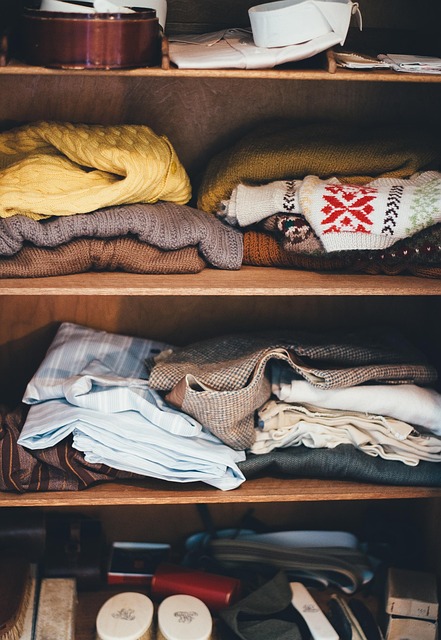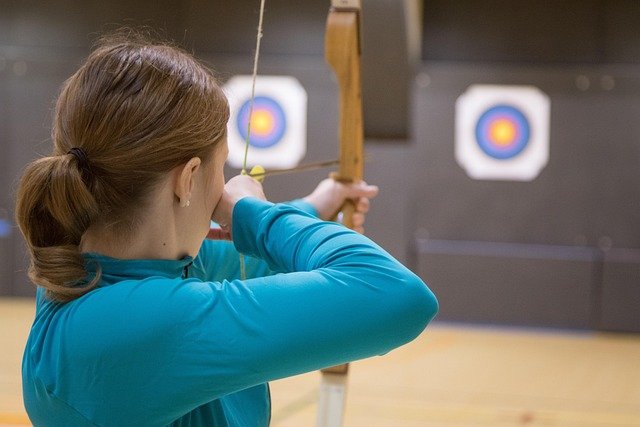The Allure of Slow Fashion: Crafting a Timeless Wardrobe
The fashion industry is experiencing a seismic shift as consumers increasingly turn away from fast fashion's breakneck pace and disposable nature. Enter slow fashion: a movement that champions quality over quantity, sustainability over fleeting trends, and mindful consumption over impulse buying. This approach to style isn't just a passing fad; it's a revolutionary way of thinking about our wardrobes and their impact on the world around us.

The roots of slow fashion can be traced back to the broader slow movement, which began in the 1980s as a reaction to the increasing speed of modern life. In the fashion context, it gained momentum in the early 2000s as a response to the environmental and ethical concerns raised by the fast fashion model. Today, it represents a holistic approach to clothing that considers the entire lifecycle of a garment, from design and production to use and disposal.
The Artistry of Slow Design
At the heart of slow fashion lies a deep appreciation for the artistry and craftsmanship involved in clothing production. Designers who embrace this philosophy often draw inspiration from traditional techniques and local cultures, creating pieces that tell a story and connect wearers to a broader narrative of style and heritage.
These garments are typically made from high-quality, natural materials that age beautifully, developing character over time. Think of perfectly worn-in leather boots, a wool coat that molds to your body, or a linen shirt that becomes softer with each wash. The focus is on creating pieces that not only last but improve with age, encouraging a long-term relationship between the wearer and their clothing.
Sustainability and Ethics at the Core
One of the most compelling aspects of slow fashion is its commitment to sustainability and ethical production. By prioritizing quality over quantity, this approach naturally leads to reduced consumption and waste. Slow fashion brands often employ environmentally friendly production methods, use organic or recycled materials, and ensure fair labor practices throughout their supply chains.
This ethical dimension extends to the treatment of workers, with many slow fashion brands emphasizing transparency and fair wages. By supporting these brands, consumers can feel confident that their purchases are not contributing to exploitation or environmental degradation, issues that have long plagued the fast fashion industry.
Building a Capsule Wardrobe
A key concept within slow fashion is the idea of a capsule wardrobe – a curated collection of versatile, high-quality pieces that can be mixed and matched to create a variety of looks. This approach encourages thoughtful purchasing and maximizes the utility of each item in your closet.
To build a capsule wardrobe, focus on classic silhouettes and neutral colors that can easily transition between seasons and occasions. Invest in well-made basics like a crisp white shirt, a perfectly fitted pair of jeans, and a tailored blazer. These foundational pieces can then be accented with carefully chosen accessories or statement items to reflect your personal style.
The Economics of Slow Fashion
While slow fashion items often come with a higher upfront cost, they can actually be more economical in the long run. High-quality garments that last for years ultimately cost less per wear than cheaper items that need frequent replacement. Additionally, many slow fashion pieces retain their value over time, making them potential investment pieces.
This shift in perspective requires a change in consumer behavior, moving away from impulse purchases and towards more considered, intentional shopping. By saving up for higher-quality items and carefully curating their wardrobes, consumers can build a collection of clothing that truly serves their needs and reflects their values.
Embracing Slow Fashion: Practical Steps
• Start with an audit of your current wardrobe, identifying gaps and items that truly bring you joy
• Research brands that align with slow fashion principles, focusing on transparency and ethical production
• Invest in high-quality basics that form the foundation of your wardrobe
• Learn basic mending skills to extend the life of your clothing
• Consider hosting clothing swaps with friends to refresh your wardrobe sustainably
• Explore rental services for occasion wear to reduce the need for rarely worn items
As we navigate an increasingly fast-paced world, the slow fashion movement offers a refreshing alternative – a chance to step back, reassess our relationship with clothing, and make choices that align with our values. By embracing slow fashion, we not only create more sustainable and ethical wardrobes but also cultivate a deeper appreciation for the clothes we wear and the stories they tell. It’s a shift that promises not just a more stylish future, but a more mindful and fulfilling one as well.





